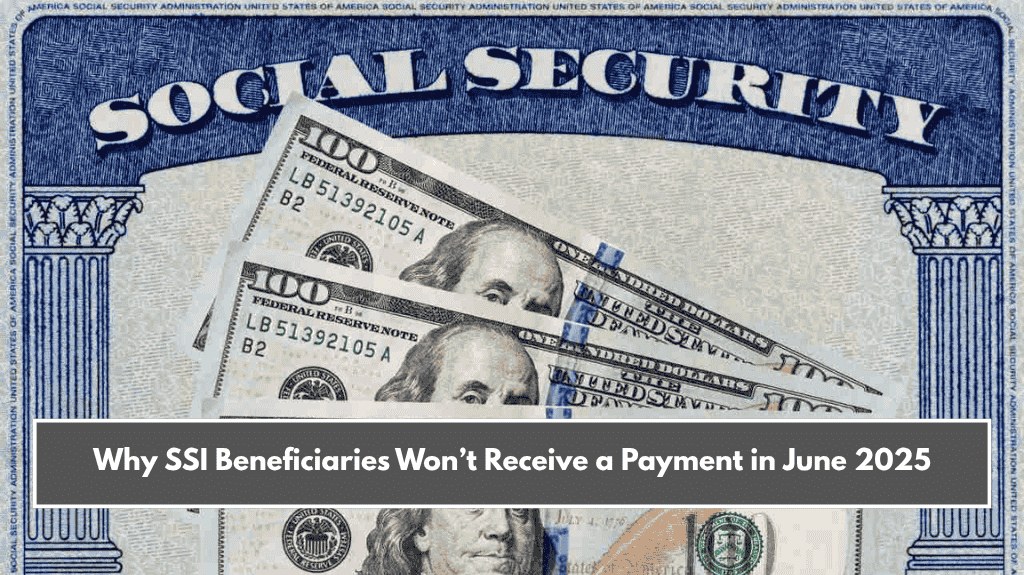If you’re a Social Security Disability Insurance (SSDI) recipient, there’s good news! The first payment for May 2025 has already been sent to those born between the 1st and 10th of any month. These monthly deposits are part of the regular SSDI payment schedule, and the maximum payment has increased this year to $4,018.
Don’t worry if you didn’t receive your payment yet—there are two more dates this month for other groups based on your birth date.
SSDI May 2025 Payment Schedule Explained
The Social Security Administration (SSA) pays SSDI benefits based on the birth date of the recipient. This system has been in place since the late 1990s and follows a clear pattern every month:
- May 14: Payment for people born between the 1st and 10th
- May 21: Payment for people born between the 11th and 20th
- May 28: Payment for people born between the 21st and 31st
However, if you started receiving benefits before May 1997, you would have received your money earlier—on May 2, since May 3 was a weekend.
Also, people who receive both SSDI and SSI (Supplemental Security Income) get paid on the 3rd of the month, unless that date falls on a weekend or holiday.
SSDI Payment Increase in 2025: What Changed?
For 2025, SSDI benefits saw a 2.5% increase due to the annual Cost of Living Adjustment (COLA). This adjustment raised the maximum monthly benefit from $3,822 to $4,018.
But here’s something important to know: very few people—less than 1%—actually receive the full $4,018. The average monthly SSDI check is about $1,542, depending on each person’s work and tax history over their best 35 earning years.
Those with higher and more consistent incomes throughout their careers are the ones who reach the maximum benefit.

Changes Under the Social Security Fairness Act
Starting in 2025, some people may see better benefits due to the Social Security Fairness Act. This new law removes two old rules:
These rules often reduced benefits for people who worked jobs not covered by Social Security, such as some public sector or government workers. With the changes, these individuals can now receive higher payments—but this doesn’t affect the SSDI schedule for May.
Can You Receive Both SSDI and SSI?
Yes, in some cases, you can get both SSDI and SSI. This is called being a concurrent beneficiary. It happens when your SSDI amount is very low, and you still meet the financial limits of SSI.
To qualify for SSI:
- Your income must be less than $943 per month
- Your resources (like savings) must be under $2,000
For example, if you get $900 from SSDI, you might get $63 from SSI, making your total monthly income $963. The SSI payment goes down as your SSDI goes up. But if your SSDI is more than $943, you won’t get SSI—but you will still keep Medicaid.
Also, after 24 months on SSDI, you become eligible for Medicare. This is in addition to Medicaid access through SSI. Some states also offer extra SSI benefits to help cover more costs.
The SSDI payment schedule is going as planned in May 2025. If your birthday falls between the 1st and 10th, your money should have arrived by May 14. The next payment dates are May 21 and May 28 for the rest.
While the maximum benefit is $4,018, most people will get around $1,542, depending on their work and income history. And thanks to the Social Security Fairness Act, some retirees could now receive more than before. Keep checking your bank account and stay informed through official SSA updates!











